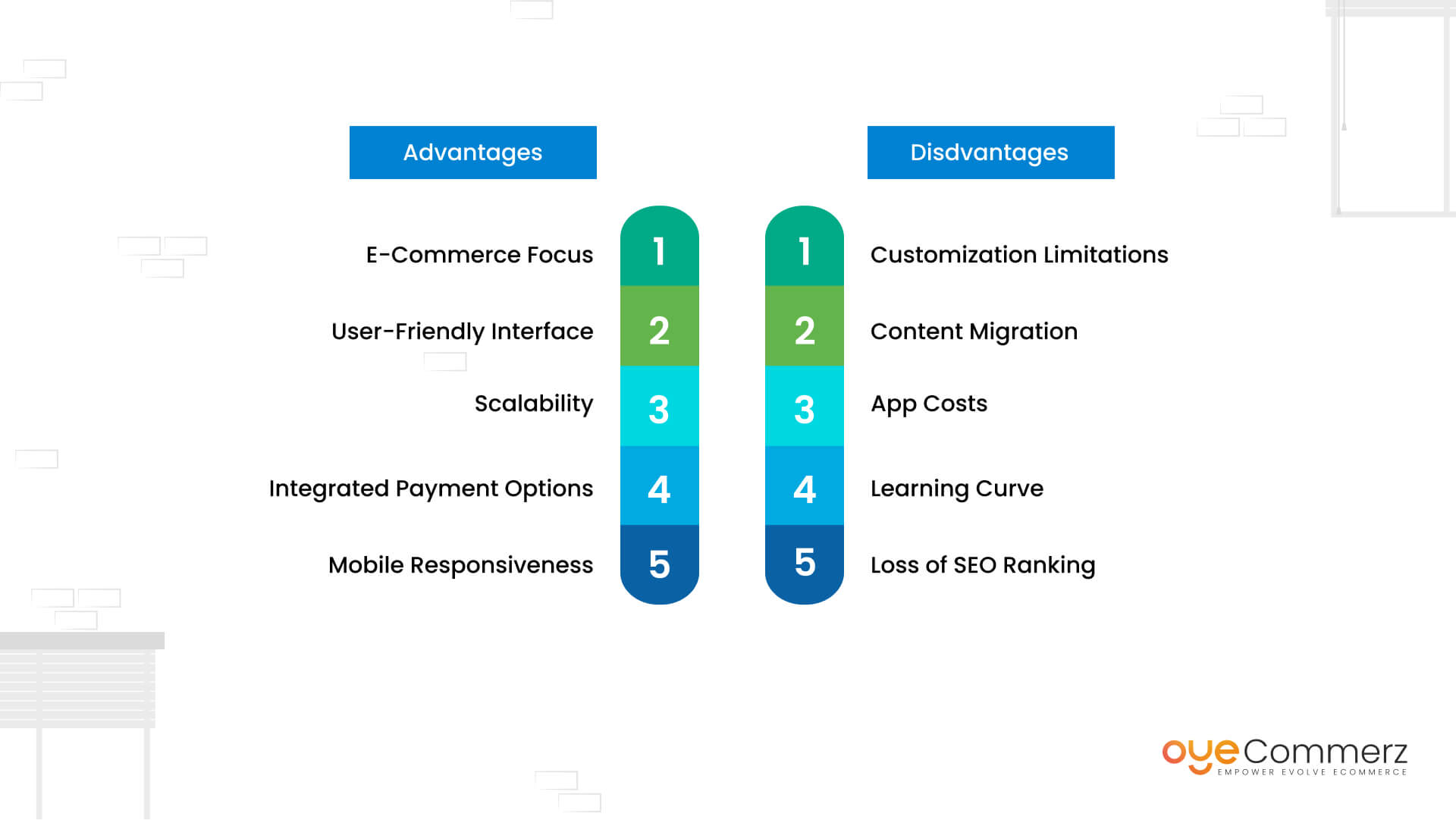Transitioning from WordPress to Shopify marks an exciting step in optimizing your online store processes. As companies expand, choosing a solution that aligns with scalability, user experience, and flexibility becomes crucial. Shopify is widely recognized as a preferred choice for online merchants, offering unmatched flexibility, security, and user-friendliness. In this guide, we’ll explore why this migration is a game-changer, discuss the advantages, and provide practical tips to ensure a smooth transition.
1. Why Switch from WordPress to Shopify?
WordPress, paired with WooCommerce, continues to support countless online stores. Nevertheless, as companies expand, challenges like reliance on plugins, security vulnerabilities, and complex setups can hinder growth. Shopify, specifically created for digital retail, addresses these concerns with an comprehensive, user-friendly solution. Statistics back this transition—Shopify powers over 4.4 million websites worldwide, with a reported 10% increase in sales conversion rates for many businesses post-switch.
2. Shopify's Advantages for Thriving Online Stores
Shopify’s robust ecosystem is tailored for scaling businesses. Its notable benefits are:
- Seamless Customization: Shopify provides over 80 professionally designed themes.
- Built-in Features: Features like Shopify Payments and integrated SEO save time and effort.
- International Expansion: Multi-currency support and regional customization enable brands to expand internationally.
Additionally, Shopify delivers an uptime rate of 99.98%, guaranteeing your website is always operational.
3. Preparing for WP to Shopify Migration
Prior to starting the migration process, assess your existing setup. Review inventory details, client information, and search engine rankings. Tools like Shopify’s Migration Kit or external tools can simplify this process. Create a comprehensive plan, making sure all resources—product descriptions, media files, and articles—are optimized for transfer.
4. Data Migration: A Critical Step
Data migration is a cornerstone of a successful platform switch. When moving from WordPress to Shopify, prioritize:
- Product Information: SKU, item summaries, and groupings.
- Customer Data: Emails, order history, and preferences.
- Search Engine Considerations: Preserve meta tags, URLs, and forwarding paths to maintain search rankings.
Leverage tools such as LitExtension to streamline data transfer while minimizing errors.
5. Customizing Your Shopify Store
Post-migration, personalizing your Shopify store ensures it aligns with your business identity. Take advantage of Shopify’s drag-and-drop editor to design pages effortlessly. Shopify's templates are optimized for all devices, ensuring a seamless user experience across devices—a key point, since 74% of online shopping comes from mobile users.
6. How to Protect Your SEO Rankings When Switching Platforms
SEO is vital for maintaining your visibility during migration. Shopify excels in SEO with clean URL structures, built-in optimization tools, and seamless blog integration. Ensure:
- Implement 301 redirects for existing links.
- Optimize new pages with targeted phrases.
- Use Shopify's apps Plug in SEO to monitor performance after the switch.
7. Post-Migration Testing
After finishing the transfer, conduct thorough testing.
Review: - Page load times (Shopify boasts faster speeds in contrast with WordPress).
- Functionality of payment gateways and checkout processes.
- Adaptability across devices.
Quality assurance ensures your store delivers a seamless shopping experience from the start.
8. Case Study of a Successful Migration
An example of effective platform switching is Gymshark, a sportswear company that transitioned to Shopify. After the switch, Shopify migration case study the company experienced a 60% increase in mobile sales WooCommerce alternative Shopify and significantly lowered site downtime. This highlights the capabilities of Shopify in driving e-commerce growth.
9. Challenges and Solutions
Migration is not without obstacles, such as information accuracy and adjusting tailored features. However, Shopify’s robust support and external professionals simplify the process. Partnering with qualified Shopify developers ensures a smooth transition.
10. Making the Switch: The First Step Toward Success
Switching from WordPress to Shopify marks a forward-thinking decision to e-commerce. By addressing scalability, streamlining operations, and enhancing the customer experience, Shopify empowers businesses to succeed in competitive markets.
Conclusion
Switching from WordPress to Shopify is a strategic move that can greatly enhance your e-commerce success. With a robust migration plan, the appropriate resources, and professional guidance, you can achieve new success milestones.
Excited to start the journey? Let’s discuss how our Shopify migration services can transform your online store. Contact us now, or ask yourself: Is it time to seize Shopify’s advantages for your store?
